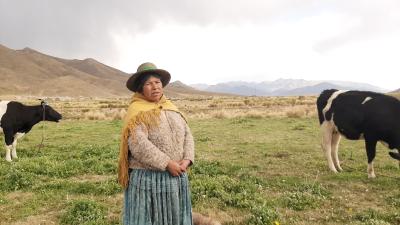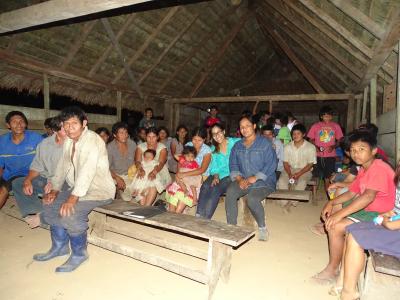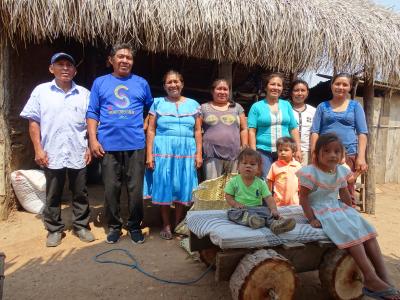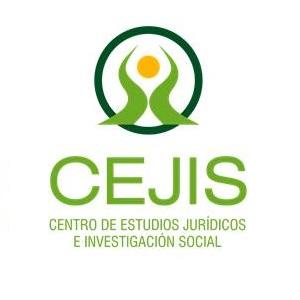Medicinal plants and ancestral remedies in Bolivia

The Covid-19 pandemic posed a challenge for humanity. Faced with a new virus for which there were no remedies or medical treatments, international science made its main laboratories and human resources available to find a rapid vaccine.
Meanwhile, Bolivian indigenous peoples had to turn to traditional wisdom to supplement isolation and social distancing to face the pandemic.
By Damián Andrada and Betty Villca Mitma
In Bolivia, the health system was not prepared to face SARS-Cov-2 . In the month of May, the number of infections skyrocketed. By June, hospitals and clinics began to collapse, and images of people dying on the streets circulated in the international press. Cemeteries, funeral homes and crematoriums followed the same path. Added to the lack of doctors and nurses, there was an increase in the prices of medicines, queues in pharmacies and the appearance of magic cures.
In this context, the indigenous peoples of the Plurinational State of Bolivia that live in rural areas turned to ancestral wisdom, traditional medicine and medicinal plants to increase their defenses and avoid having to go to the cities, where the virus circulated. In this way, the grandparents revitalized indigenous knowledge: they realized its value, gave it a new life and shared it with the youngest.
A kick to revalue ancestral knowledge occurred in the Bolivian Amazon. The President of the Organization of Women of the Multi-ethnic Indigenous Territory (TIM), Paulina Noza, and the researcher specialized in indigenous law Fátima Monasterio Mercado developed "Remedios del Monte" : a recipe book of 38 traditional medicines to raise defenses, cure coughs and colds. Designed in a simple visual format, the five indigenous peoples of the TIM, Trinitarian Mojeño, Ignatian Mojenio, Movima, Tsimane and Yuracaré, printed the vademecum, downloaded it to their phones and shared it on WhatsApp.

Medicinal plants in the Altiplano
The Jach'a Marka Tapacarí Condor Apacheta Indigenous Territory is located in Oruro, between the municipalities of Pazña and Antequera, near Lake Poopó. Being a people from the Altiplano that lives from animal husbandry and the production of milk and cheese, they quickly chose to isolate themselves and reduce contact with the city.
In the Ayllu (Andean community) Cóndor Apacheta, Valentín Arroyo, from the Challwamayu community, questions the health authorities and explains that they had to resort to their medicinal herbs: “In this community almost everyone has their eucalyptus trees. We also use wira wira. These plants have protected us. Today, we do not use the mask here. We were forgetting about traditional medicines, we had to regain the knowledge of our grandparents and learn to consume them ”. His neighbor Melecio Martínez adds other plants such as pine and chamomile. “We haven't been to the hospital much. We have just been in the house. We have given importance to our medicinal plants ”, he explains.
In the Negro Kayma community, Valerio Mamani recounts his own experience. He was infected with Covid-19 when he went to collect his social bonus in the city of Oruro: “After four days my throat burned and I got tired on the climbs. With the first symptoms, I prepared my own nebulizations. So I have been healing quietly. It is not always necessary to go to the doctors. I have consumed all the medicinal plants in my community: eucalyptus, chamomile, garlic, lemon and ginger. I have also taken the chachacoma plant as water and made the th'ola smoke inside the rooms ”. Experiences like these were repeated throughout Bolivia and generated criticism of why the State had not approached the indigenous territories to deliver the bonds, forcing them to go to the cities.
At Ayllu Torre Jak'e, Vitalia Martínez also used eucalyptus, although she favored other medicinal plants such as zuni and ariwina: “This is good for coughs. With hot water, as a tea it is consumed. The whole family took it. It is not as strong as eucalyptus. I have also consumed the 'dry love' plant which is good for coughs and flu. Sometimes we don't know the properties of many plants ”.

Medicinal plants in Lowlands
A similar situation was experienced among the indigenous peoples of the Bolivian East. With the collapse of the health system, the arrival of Covid-19 in the indigenous territory of Lomerío generated a lot of concern in the Monkoxɨ people: by early June it was estimated that more than 50% of the inhabitants had coronavirus . In the absence of doctors and remedies, the indigenous Monkox indígenas also turned to natural medicines from the forests.
“To counteract the disease we use kutuki, copaibo, masiaré, matico, creole lemon and paradise. They are natural remedies and were used by our grandmothers and grandfathers. We drink them as tea or we boil them and inhale the steam ”, explains the president of the Autonomous Advisory Council (CAA) María Chore Oliz. The leader acknowledges that, in some cases, desperation led them to incorrectly consume natural medicine, so they had to establish measures, schedules and daily doses to avoid poisoning.
The authority is convinced that herbs and plants are responsible for the majority of the indigenous people of Lomerío having overcome the first wave of the pandemic: “Those natural medicines have saved us from this disease. Even I also fell with the Covid. Those drugs have to be recovered. We use them little, but, instead, our grandparents and our mothers used them for fever, diarrhea and vomiting. With this pandemic we had to resort to our traditional medicines ”.
The result of the use of ancestral knowledge was so good that the Monkoxɨ people began to market the kutuki infusion in 2-liter plastic bottles . Inquiries about the mash increased through social networks and the infusion quickly became an endeavor. The packaging of the "syrup" was followed by a label detailing the mode of application, 15 milliliters three times a day, along with contraindications for children, people with hypertension and pregnant or lactating women.

The community as health
The pandemic has shown, once again, the inequalities that exist in our societies. To the inequity of access to health, indigenous peoples are compounded by the situation of structural abandonment: from the absence of hospitals in their territories to the shortage of basic medicines such as paracetamol or ibuprofen.
However, as so many times in their history, indigenous peoples have found ways to survive: first, they applied isolation in their territories far from the cities and, later, they resorted to their traditional medicine. This knowledge was socialized among all members of the communities and made it clear that its function was to increase the body's defenses to avoid having to go to cities where the virus circulates.
The communities of the Multi-ethnic Indigenous Territory in Beni, the Jach'a Marka Tapacarí Cóndor Apacheta Indigenous Territory in Oruro and the Monkoxɨ people in Lomerío are just a small example of the multiple responses and strategies with which indigenous peoples defended themselves against the coronavirus. Along this path, ancestral medicine has been a mechanism to guarantee a healthy life and promote well-being at all ages, one of the Sustainable Development Goals (SDGs) established by the United Nations.
Taking as a starting point these 17 objectives to improve the lives of all without leaving anyone behind, the Indigenous Navigator Project supports the self-protection of communities, the strengthening of their ancestral knowledge and the defense of their own culture in harmony with Mother Earth. . Traditional medicine shows that for sustainable post-pandemic recovery it is necessary to include the different worldviews of the peoples that inhabit our planet. Humanity needs the knowledge of all cultures, including the wisdom of indigenous peoples.

El Centro de Estudios Jurídicos e Investigación Social (CEJIS)

Contact
Angela Agreda Farel
